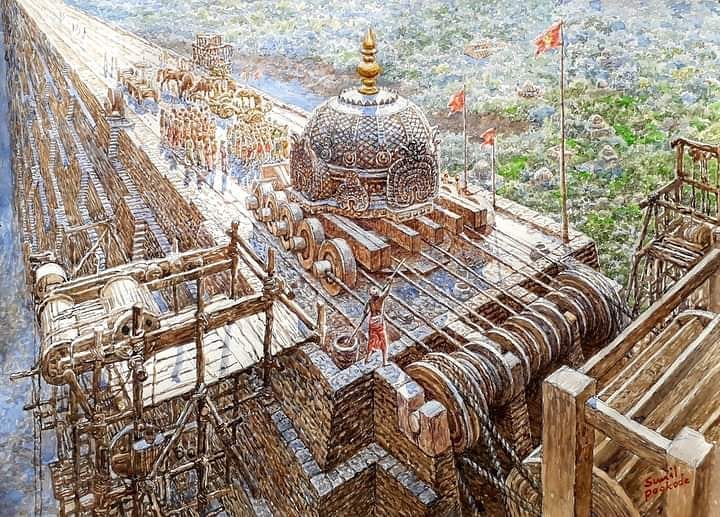
Dance is present in the cosmic waves. If you look closely at our dharma, you will observe that our gods express a lot through dancing. Dancing has an aspect of creation. Modern science uses different terminologies to define the creation of the universe, saying it looks like a 

dance. And, you may agree or not, but this is what our gods do, dancing. If you look at different dance forms of India, you will observe there is not much movement on the surface, but the hands and face have expressions and mudras. However, when you see the dance and its postures
closely, you will know that there is a lot more to our classical dance forms. It has more than just movements. Several questions have arisen in your minds. How is it possible that throwing hands in the air making some mudras can have logic? It can get hard to accept, but it has
sense and science associated with it. Many physicists are studying the creation of this universe. Firstly, everything felt sudden and accidental, but gradually the formation discovered had synchronization similar to dance. The making of the universe and dance both have coherence.
Without similarities, you cannot have related. Dance has a significant role in our dharma, and so does the god of Cosmic Dances, “Nataraja.”You can observe the form that bhagwan Shiva took while suppressing Asura Apasmara with his Tandava in idols.
Whether it is a bacteria, a cosmos, a human, or an animal, everything has the same fundamental unit according to the science of constructal theory. With sophistication, they become complicated. The nearest construction of the cosmos is dance. Both at first seem random, but
gradually when you pay attention, you can see synchronization. When we say dance is creation, then the creator becomes a dancer. When you look closely at the statue of Shiva as Nataraja, you will see a circle around him. A circle represents the cosmos. Anything in this universe
moves in a form close to a circle, naturally whether it is the planets, atoms, cells, etc. Therefore, bhagwan Shiva, as Nataraja, is a cosmic dancer.
You can read full blog on our website: vedicgyaan.com/nataraja-the-g…
• • •
Missing some Tweet in this thread? You can try to
force a refresh




















